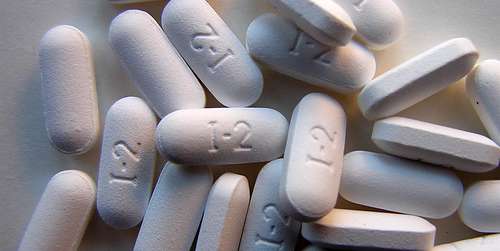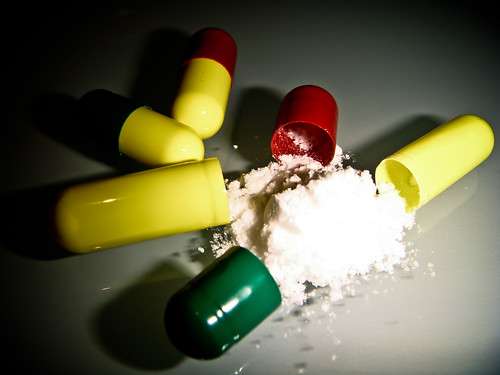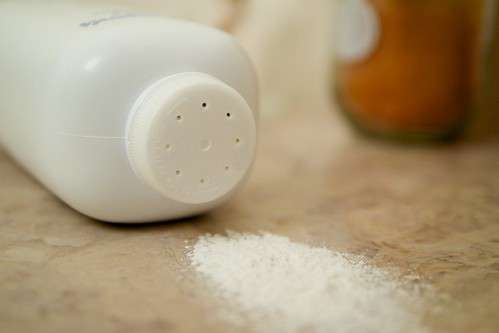
Talc is a common ingredient in many pharmaceutical medications, but it must be free of impurities before it is fit for human consumption.
Image source: Flickr user liz west
Have you ever wondered exactly what is put into all those pills and capsules that are sitting in your medicine cabinet? Looking at the packaging you will see a list of ‘active ingredients’… but what is all that other stuff? The majority of medication fillers are made from pharmaceutical grade talc, which must pass color value testing to ensure purity and safety. Spectrophotometers measure degree of whiteness in talc to express its color value and ensure that we are not accidently consuming ingredients that are contaminated or harmful.



